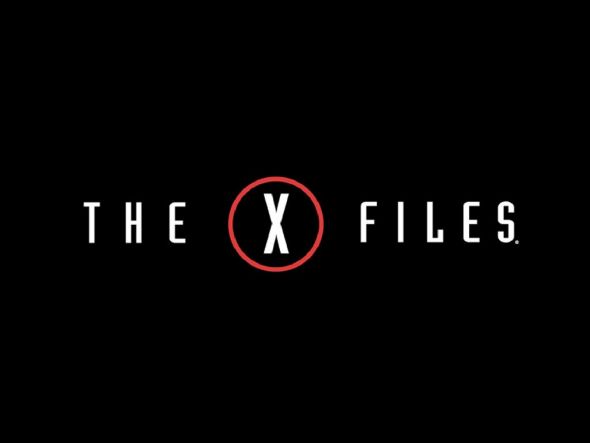Students who are fans of The X-Files can stop searching — the truth is right here on the campus.
It’s not in a secret government facility or underground military bunker, but on the second floor of the Microbiology Building, in an office nestled in the back of a lab covered in Erlenmeyer flasks and sample tubes.
On Anne Simon’s desk is a paperback copy of a book titled The Real Science Behind the X-Files: Microbes, Meteorites, and Mutants.
But Simon, a biology professor at the university, isn’t just any fan of the hit paranormal drama, doing some light reading between classes — she wrote the book, and since the show’s first season, has helped emphasize the science in the show’s science-fiction.
However, before she brought her biology expertise to Mulder and Scully, she was a curious viewer like so many others watching TV in 1993.
“I actually watched it from the very first episode,” she said. “But I didn’t know that the Chris Carter who was the creator of the show was the Chris Carter I actually knew.”
But in fact, he was. And when Carter, the husband of a longtime family friend, needed help bringing the show’s long-hidden extraterrestrials to life at the end of the first season, he turned to Simon, then a professor at the University of Massachusetts, to help keep the aliens rooted in biology.
“He started asking me questions about if I had a strange microorganism and it was handed to me to study, what would I do with it?” she recalled. “So I went through the series of what I would do and he used it all, and named the scientist after me.”
After working with Carter on several more episodes, Simon became the biology advisor of The X-Files, providing scientific feedback and ideas until the show’s original end in 2002, at which point she was teaching at this university.
So when she learned that Carter was bringing the series back for a six-episode 2016 run, she was as excited as anyone.
“When I heard that there was going to be a revival … I immediately thought of some really cool science for it. So I went home that evening and I called him.”
After reading the first script, Simon was able to give Carter the scientific suggestions she had given him for years — feedback that would eventually lead to a story credit on the revival’s final episode “My Struggle II,” the follow-up to the first script she read for the revival.
But when the episode airs on Monday, she won’t be watching on her own television. Instead, she’ll be in a Bioscience Research Building lecture hall, sharing her work with hundreds of X-Files fans — especially, she hopes, university students.
“They’re going to watch a very intense episode with 400 philes on a big screen,” she said of the screening event, where she will speak on Monday. “I think that they’re going to learn a lot about the science that’s in the episode, certainly afterwards, and learn how it came together.”
For Simon, it’s not about the recognition — the event is about bringing the scientific message of the show to university students. After all, as a fan of the show and a woman in the world of science, Simon knows how impactful The X-Files has been in its positive portrayal of science, something she hopes university students will continue to see as well.
“You cannot underestimate what the character of Scully has done for science,” she said. “When I ask my intro bio class to raise their hands if they are sitting here today because of Scully on The X-Files, two-thirds of the hands go up.”
Which is a number Simon would like to keep seeing in the future, with the help of some real life science on the small screen.
Monday’s live viewing of the series finale is free, but space is limited. You can register at alumni.umd.edu/xfiles if you want to attend.



